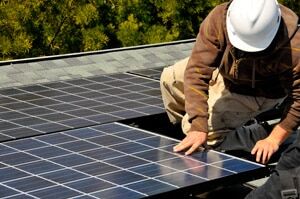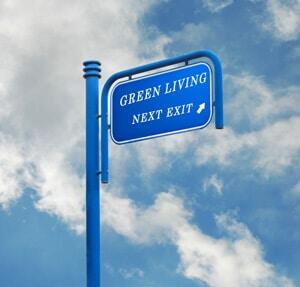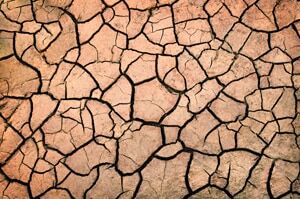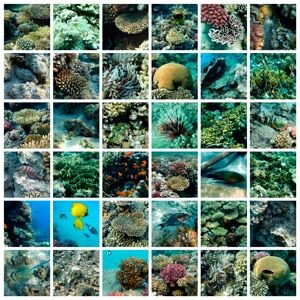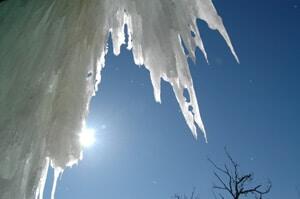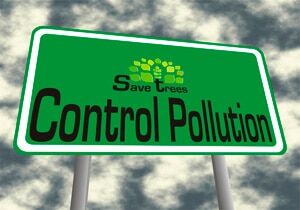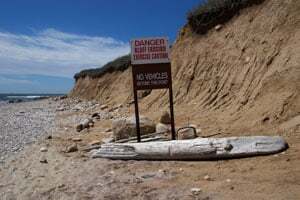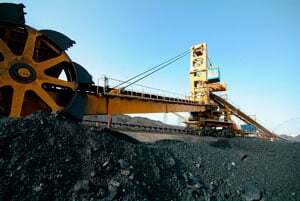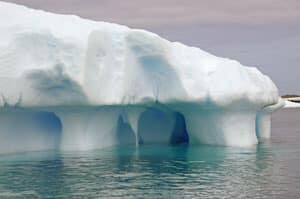 Ammonia can clean your tiles, windowpanes and now, can power up your vehicle or motor as well. When Ammonia burns, it produces Nitrogen and water vapour. Nitrogen and vapour are both environmentally friendly because both can be used by plants. Using Ammonia to power up your vehicle or motor can therefore be a win-win situation for the vehicle and the environment.1
Ammonia can clean your tiles, windowpanes and now, can power up your vehicle or motor as well. When Ammonia burns, it produces Nitrogen and water vapour. Nitrogen and vapour are both environmentally friendly because both can be used by plants. Using Ammonia to power up your vehicle or motor can therefore be a win-win situation for the vehicle and the environment.1
Research at Texas Tech University
Another advantage of Ammonia is that it can be easily stored in liquid form and does not require expensive infrastructure for transportation. Professors and students at the Texas Tech University are developing a stand-alone prototype ammonia-generating machine using the Haber-Bosch process that can be easily installed at gas stations. Powered by electrical current, the ammonia-generating machine will first break water molecules into hydrogen and oxygen.
Hydrogen is then converted into Ammonia by combining it with nitrogen from the air. When ignited, the hydrogen molecule is burnt in the ignition chamber of your vehicle or motor and nitrogen along with water vapour is released back into the atmosphere. Since nitrogen was already in the air, the only thing that ammonia adds to the atmosphere is water vapour, which is 100% environmentally friendly. 2
Once water is broken down into hydrogen and oxygen through the process of electrolysis, nitrogen is added and a standard gas compressor is used to compress hydrogen and nitrogen. Simultaneously, an iron oxide catalyst is used to heat the gas and generate Ammonia. Ammonia is then cooled down to about 75 °C below zero. At this temperature, ammonia turns into a liquid and can be stored or transported anywhere using standard pressurized tanks. The entire process of making ammonia is further rendered environmentally friendly because during the cooling process, mechanical energy is recovered and ploughed back into the system to help significantly reduce energy consumption. 3
Cheaper Alternative
The prototype ammonia-generating machine could easily generate between 4 and 40 Kilolitres of ammonia. The ammonia is generated at the gas station itself, in a very self-contained unit. You could therefore have an ammonia fuel pump next to an oasis in the middle of the desert powered by sunlight. The cost of producing ammonia using electrical power from the grid is currently around $0.20 per litre. If solar or geothermal power is used the cost could reduce to $0.10 or less per litre. Cheap fuel for your car that is produced in an environmentally friendly way and one that does not pollute when burnt – what could be better?
The armed forces are already keenly awaiting the technology because it would mean they could setup a fuel station in any part of the world without having to first transport any fuel. Since the vehicle will not be producing any fumes or smoke, the soldiers will not suffer from breathing problems associated with working around a large number of fuel guzzling vehicles. 4
Research has also begun into ways and means of generating hydrogen in a cheap and environmentally friendly manner. If hydrogen can be generated without the use of water or electrical power, then the cost of making ammonia could come down to $0.05 or less per litre. The day is not far when instead of viewing ammonia as “a stinky chemical”, people would view it as an environmentally friendly wonder fuel.
Envirosafe Solutions supports the future use of ammonia as an environmentally friendly liquid.
You can speak with an Envirosafe Solutions assistant about the full range of eco friendly industrial liquids and environmental cleaning products. 1300 889070
Footnotes and references:
1. Ammonia: http://en.wikipedia.org/wiki/Ammonia
2. Haber-Bosch process: http://en.wikipedia.org/wiki/Haber_process
3. Making Ammonia: http://www.creative-chemistry.org.uk/gcse/documents/Module7/N-m07-03.pdf
4. Ammonia as a clean environmentally friendly fuel: http://www.hydroworld.com/index/display/article-display/0927773395/articles/hydro-review/volume-28/issue-7/articles/renewable-fuels__manufacturing.html








